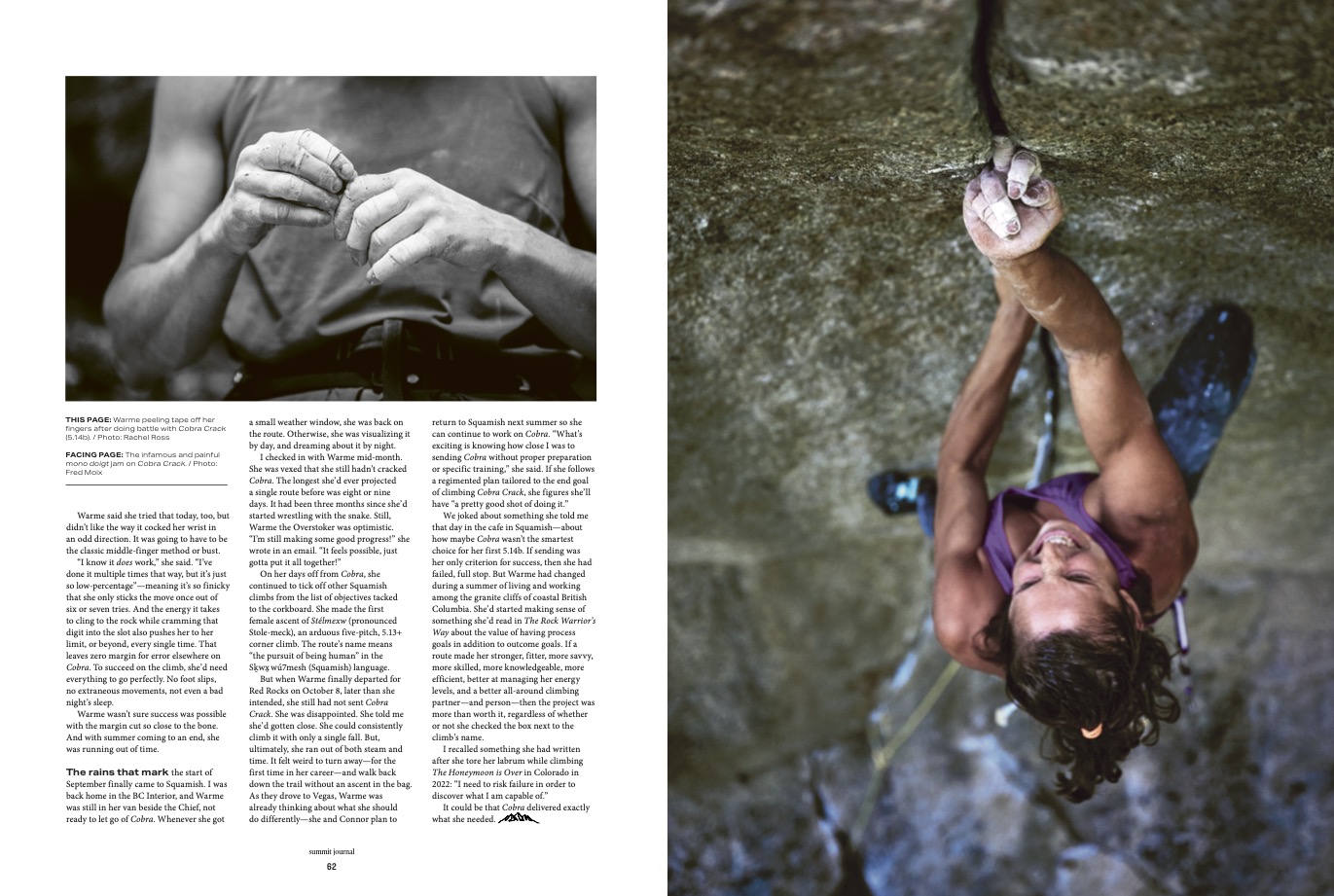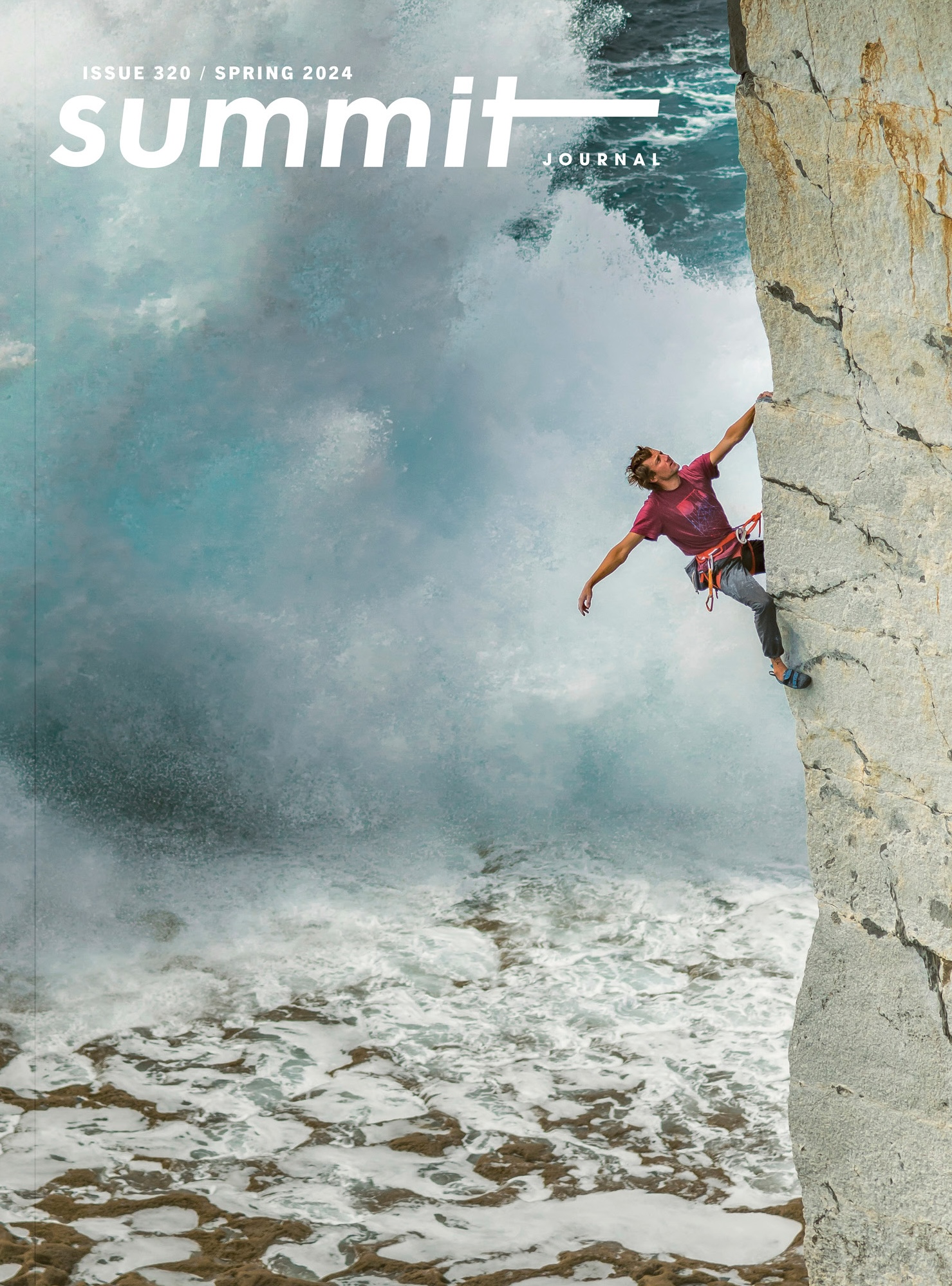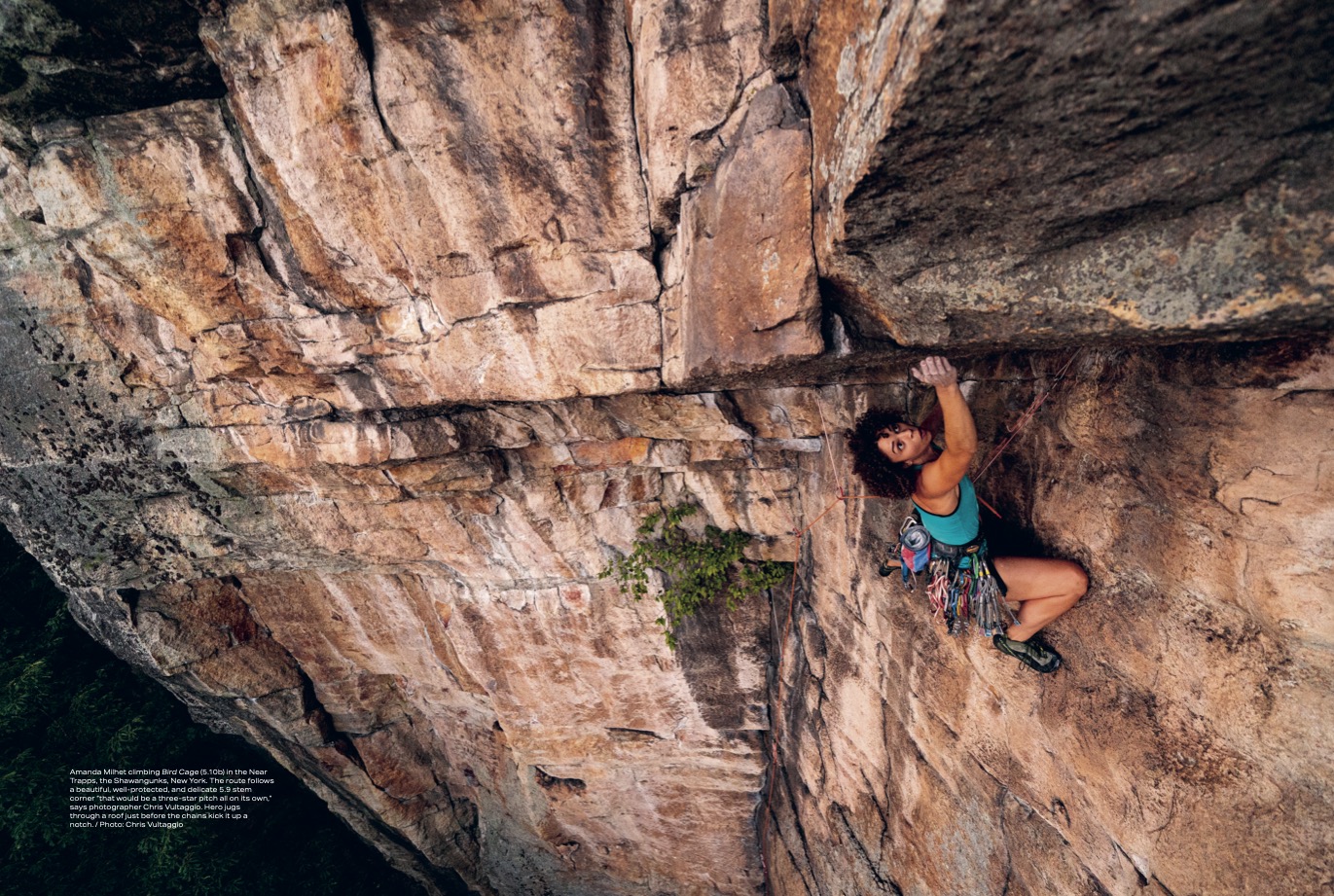



Summit Magazine
Editor: Michael Levy
Art Director/Photo Editor: Randall Levensaler
Heidi: With a year under your belt, what are your top learnings from the past year?
Michael: Making a magazine is the easy part – or at least it sometimes feels that way.
Editing a magazine – from commissioning and greenlighting articles and imagery to then working with the writers and photographers to perfect their work and get the assignments over the finish line – is the dream job for me. I feel beyond lucky to be doing this. But all the other stuff that comes with it? Business ops, marketing, and all the other shit… that stuff more often than not makes my head spin trying to keep it all straight and figure out the optimal way to do things. I’m constantly learning things, often things that I didn’t know that I didn’t know. As someone who has spent all my time on the editorial side in the past, wearing a bunch of different hats – from customer service rep to ad sales – has given me a new found appreciation and admiration for the folks who make everything else run smoothly. There’s just as much an art to that side of the equation.
There were 319 past issues of Summit – and then you resurrected the title, why did you pivot on the naming convention?
There were a handful of reasons., When I shared my hopes to resurrect Summit with a former colleague, he asked me why I wasn’t going to just start a new magazine from scratch instead. “There are so many better names!” he said. Firstly, I just flat out disagree with him about the name – what’s better than Summit for a climbing and mountaineering mag right?! Secondly, the whole point of resurrecting a magazine is to continue an existing story – to pick up where others left off. I’ve gotten to tell the broad strokes of the story of Jean and Helen, Summit’s founders, quite a bit at this point, and I still feel humbled to do so.
But just because I’ve brought Summit back to life, it’s not as though this is the same magazine it was in 1955 or 1965 or whenever. It’s a different project. Informed by that original title, yes. But not one in the same. So simply calling it Summit Magazine didn’t feel quite right. From 1990 to 1996, there was a second incarnation of Summit under which the name was tweaked to Summit: The Mountain Journal.
Calling the new iteration Summit Journal felt like a way to pay homage to both of these former eras, yet also signal that this is something new, something different.
I didn’t necessarily expect many people to read all of that into the name pivot. If anything, it’s more about keeping the mission straight in my and my art director’s heads here behind the scenes. To make sure we always remember that this title had a long, vibrant history before we came along and brought it back to life, but also that that shouldn’t dictate or limit what it is and can be in this new era.
You’ve been blending archival and current covers – are you leaning in into brand equity or balancing photography and the whimsical design Summit was known for?
It’s a bit of both. On the one hand, I think Summit Magazine’s most iconic covers are the illustrated ones by artists like Sheridan Anderson and Richard Pargeter. Continuing that tradition just felt like a no-brainer.
But doing an illustrated cover today also felt like something different in the outdoor media landscape, which has become overwhelmingly photo-centric. Don’t get me wrong, I don’t think that’s a bad thing; I just think the illustrated covers signal a different type of magazine.
Now, having said that, after I decided that I was going to do an illustrated cover for our first issue, I got a bit nervous. What if too many people were turned off by it? What if some people just wanted a cool climbing shot? Heck, I love an epic climbing photo as much as the next person. And so I figured I might as well do two covers – one illustration, one photo. That allowed me to have my cake and eat it. too.
And as I thought about it more, that felt like just one more way to capture the duality of this project – something old that is also something new. It suddenly seemed like the obvious way to do it. And with that in mind, we’re continuing to do two covers for each issue for the foreseeable future.
How did the archival content of Summit shape your contemporary editorial direction?
While it was always U.S.-centric, the older magazines had a very worldly sensibility. I’m very much trying to carry that forward.
The old magazines were mostly filled with pretty utilitarian stuff: how-to articles, trip reports, that kind of thing. I’m not against the latter, but I won’t be putting how-to articles or tech tips or gear reviews or any stuff like that in Summit Journal; there’s more than enough of that online. Rather, I’m trying to cultivate a more literary sensibility: climbing has, I would argue, perhaps the most literary tradition of any sport out there. There are old articles in the original Summit by climbers like Arlene Blum and Royal Robbins that are literary in a way that most stuff back than wasn’t. I’m trying to take that example and fill the entire magazine with it. Also to be clear: when I say literary, I’m not talking about esoteric think pieces or mind-numbing philosophy or impenetrable MFA-style prose. I’m talking the best kind of journalism, reportage, and essays that you see in the best of mainstream pubs – The New Yorker, The Paris Review, Esquire, the Outside of yesteryear – but with a climbing bent.
Congratulations on the mention in the NYT piece – what’s your take on the future of print publishing for independent magazines?
I’m wildly optimistic, as crazy as that might sound. In addition to Summit Journal, the NYT piece covered other great magazines like Mountain Gazette, Adventure Journal, Ori magazine, Emocean, and The Surfers Journal. But the article was focused just on the outdoors, obviously. A similar analog renaissance is occurring in seemingly every space, it feels like – whether traditional sports, or food and culinary arts, or what have you. I’m discovering new, wonderful magazines and magazine stores literally every single day.
For me, the Internet and digital media have gotten so big that it can feel overwhelming. I have a couple online sources I rely on, but venturing beyond that feels scary – and there’s only so much time in the day that I want to be staring at a screen if I don’t have to be. In that kind of world, careful curation and high-quality print feel that much more valuable.
I’m under no illusions that print will suddenly become the de facto distribution medium again or ever approach what it was in its heyday – no one wants that or is saying that would be good! But for delivering something different, for unplugging, for slowing down, for really absorbing a quality story and images… it’s hard to beat print for that. And I think there are enough people who agree to make it a thriving business for small, niche pubs like Summit Journal.
Have you been getting hearty photography submissions?
Yes! Right out of the gate submissions and pitches were slow – no surprise there. But now that it’s been almost a year since we announced Summit’s resurrection, there’s a steady trickle of both every week. We’ve started to commission some larger photographic stories, but our bread and butter continue to be submissions of already produced work. That’s just kind of the reality of the landscape and what we have the budget and bandwidth to work with. So with that in mind, if you have any great climbing or climbing-adjacent photos or ideas, send ‘em my way! mlevy@summitjournal.com





No comment yet, add your voice below!